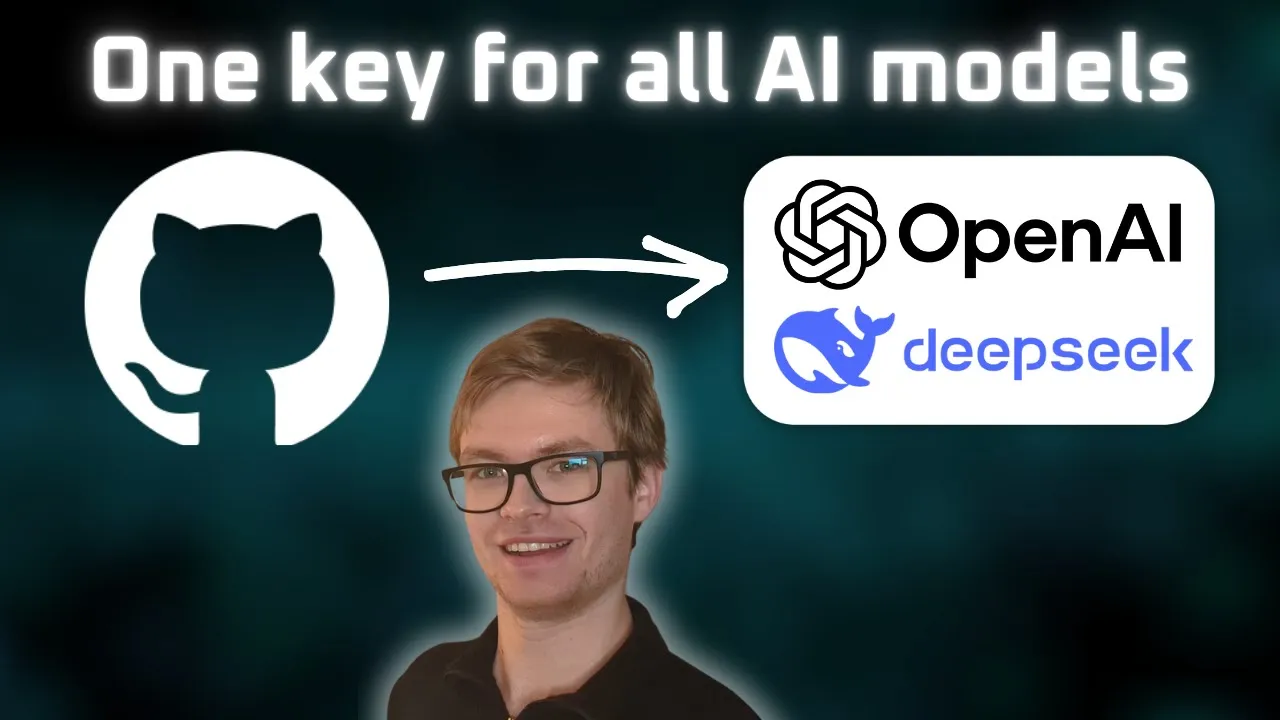Finding Your Perfect AI Model
With the proliferation of advanced language models, selecting the right AI partner for your application has become increasingly complex. Each model offers unique strengths, capabilities, and limitations that significantly impact application performance. Whether you’re building production-ready AI applications with FastAPI or implementing advanced systems, developing a systematic evaluation framework is essential for matching model capabilities to your specific requirements.
The Multi-Dimensional Model Evaluation Framework
Effective model selection requires assessment across multiple dimensions:
- Reasoning depth: Ability to analyze complex problems and engage in multi-step thinking
- Response speed: Time required to generate complete responses
- Knowledge domain: Areas of expertise and accuracy across different subjects
- Contextual understanding: Ability to maintain coherence across complex conversations
- Rate limits and costs: Economic considerations for development and production
Understanding these dimensions provides a foundation for systematic evaluation.
Defining Your Application Requirements
Before comparing models, clearly articulate what your application needs:
- What types of queries must your application handle?
- How important is response speed to user experience?
- Which domains require particular expertise?
- How complex are the reasoning tasks involved?
- What are your anticipated volume requirements?
These requirements create a profile against which different models can be evaluated.
Comparative Testing Methodologies
Direct comparison between models provides invaluable insights beyond specifications:
- Side-by-side evaluation: Testing identical prompts across multiple models
- Blind assessment: Evaluating responses without knowing which model generated them
- Representative task testing: Creating scenarios that mimic actual application use
- Performance benchmarking: Measuring response times and quality across standardized tasks
As demonstrated in the transcript, platforms like GitHub Models enable direct comparison between models like GPT-4.0 and DeepSeek R1, revealing how they handle identical queries differently.
Identifying Model-Specific Strengths
Different models excel in different scenarios:
- Reasoning-focused models may display “thinking” patterns (as mentioned about DeepSeek R1 in the transcript) and perform exceptionally well on complex analytical tasks
- Generalist models provide solid performance across a wide range of queries
- Specialized models excel in particular domains or tasks
- Efficient models prioritize speed and conciseness over depth
Understanding these patterns helps match models to specific application needs.
Decision Framework for Model Selection
A systematic decision process includes:
- Requirements prioritization: Ranking your needs by importance
- Capability mapping: Matching prioritized requirements to model strengths
- Constraint identification: Recognizing limiting factors like rate limits or costs
- Testing validation: Confirming theoretical matches with practical performance
- User validation: Verifying that selected models enhance user experience
This structured approach ensures selection based on evidence rather than assumptions.
Beyond Single Model Thinking
Some applications benefit from more sophisticated approaches:
- Model switching: Using different models for different query types
- Cascading models: Starting with efficient models and escalating to more powerful ones when needed
- Ensemble approaches: Combining outputs from multiple models for improved results
- Hybrid systems: Integrating models with other components like retrieval systems (learn more about building comprehensive RAG systems)
These approaches leverage the strengths of multiple models while mitigating their individual limitations.
Rate Limits and Economic Considerations
Model selection must account for practical constraints:
- Development environments typically impose stricter rate limits (as noted in the transcript, some free tiers limit to 50 requests per day)
- More powerful models generally incur higher costs per token
- Application scale significantly impacts economic feasibility
- Production environments require different economic considerations than development
These factors must be integrated into the selection process to ensure sustainable implementation.
Evaluating Model Evolution Potential
The AI landscape evolves rapidly, requiring consideration of:
- How frequently are models updated?
- What improvements are prioritized in model development?
- How easily can your application transition between model versions?
- What does the roadmap suggest about future capabilities?
This forward-looking assessment helps ensure your selection remains optimal over time.
Conclusion
Finding your perfect AI match requires a thoughtful, systematic approach to model evaluation and selection. By understanding your specific requirements, conducting comparative testing, and applying a structured decision framework, you can identify the model that best supports your application goals. This deliberate selection process significantly enhances the likelihood of creating a successful, sustainable AI implementation that delivers genuine value to users. For those ready to advance their AI engineering skills, explore the comprehensive AI engineering career roadmap for structured career development.
To see exactly how to implement these concepts in practice, watch the full video tutorial on YouTube. I walk through each step in detail and show you the technical aspects not covered in this post. If you’re interested in learning more about AI engineering, join the AI Engineering community where we share insights, resources, and support for your journey. Turn AI from a threat into your biggest career advantage!

